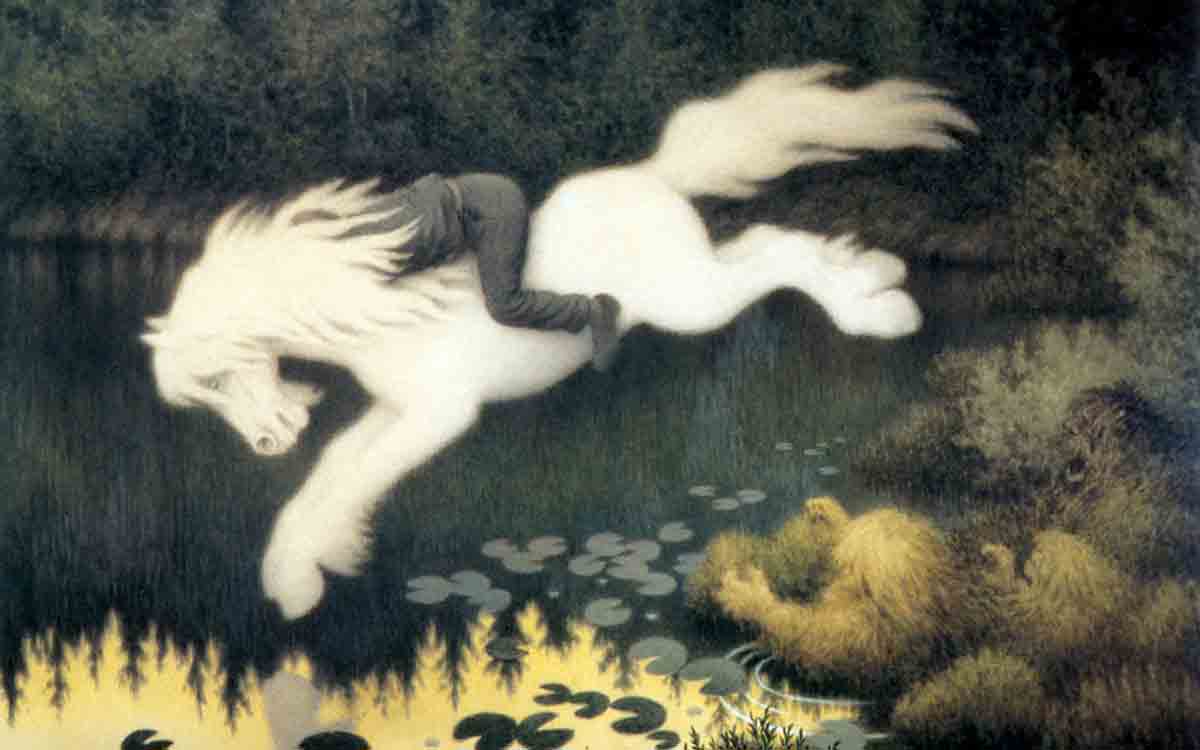The Scottish Highlands tends to wow folk the world over with its astounding scenery; the area also has a strong Gaelic tradition, replete with a vibrant folklore. Here MJ STEEL COLLINS reveals strange creatures encountered in Scottish Highland Folklore
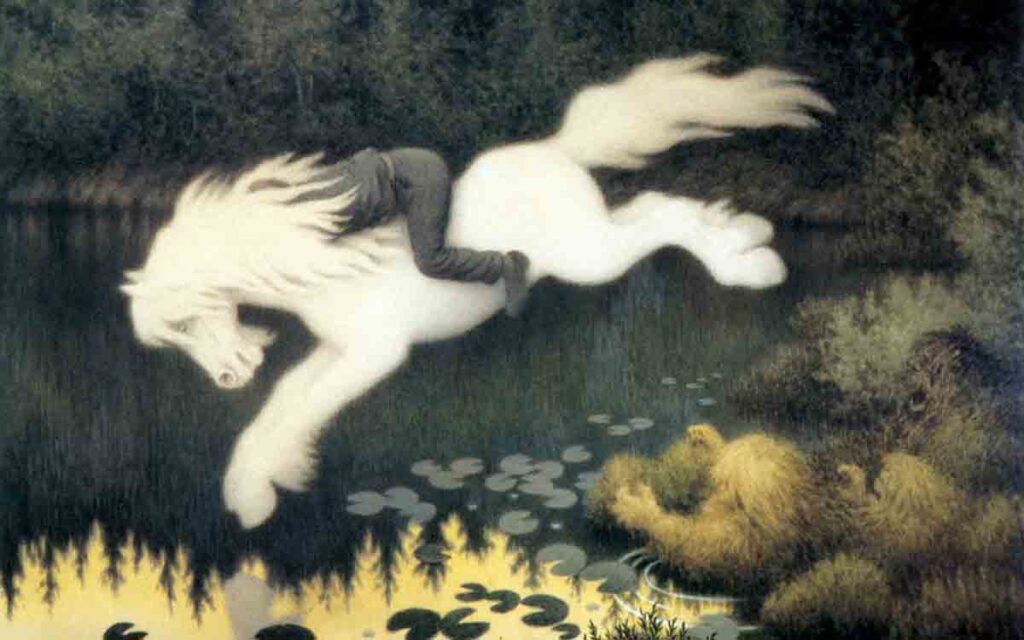
Scottish Highland Folklore Strange Beings
Each-Uisge
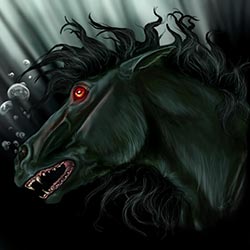
J G Campbell writes that at one point, every lonely fresh water loch had a resident Each-Uisge, or water horse. Appearing as a beautiful horse or pony, the Each-Uisge had a powerful draw on unwary passers by, helped by the creature’s apparent hypnotic powers. But appearances were deceptive, as the Each-Uisge was a deadly creature, often leading people to their death.
One tale mentioned by Campbell tells of the Heir of Aros, believing there was no horse he couldn’t ride, was taken into Loch Frisa on Mull, and eaten. However, there are tales of the Each-Uisge being bettered, like the one on Raasay, that was killed by the local Smith after abducting a woman. Still, not one to tangle with!
Kelpies
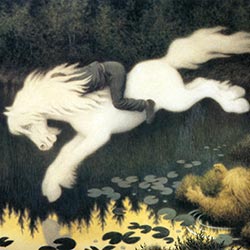
Probably slightly better known than the Each-Uisge, though sometimes tales of Kelpies and Each-Uisges get mixed up. One difference is that Kelpies lurk round rivers as opposed to the Lochs favoured by the Each-Uisge. The Kelpie is a deadly creature, appearing as a beautiful white horse. Kelpies can kill, though they may just want to give their victims a fright.
One tale told by Katharine Briggs from Perthshire describes young girls being taken in one Sunday by a pretty pony standing by the river. As each girl climbed on the pony’s back, it lengthened to make room for them. A young lad walking by cottoned onto what was happening, and ran off, the pony yelling at him to climb on it’s back. The young girls were unsurprisingly dragged to their deaths.
Glaistig
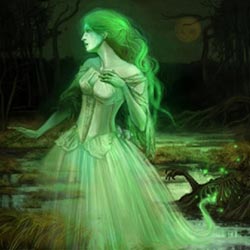
A curious entity, the Glaistig is described as being a number of things – a ghost, a malevolent water entity or fuath, the spirit of a woman enchanted by fairies. The ghost variety are also known as Green Ladies, almost exclusively found in Scotland. These are normally the spirits of women who have come a cropper in love. One example is Marion Carruthers, who haunts Comlongon Castle in Dumfries in Galloway, after committing suicide to avoid a forced marriage.
The non-ghostly Glaistig were normally found near bodies of water, and their temperament could vary. Some could be friendly, others would throw stones at passing travellers. Like the ghost, water dwellers were also of a green hue.
Gruagach
Like the Each-Uisge and Kelpie, tales of the Gruagach and Glaistig can be mixed up. Generally speaking, the Gruagach is a green female (sometimes male) being, with yellow hair. Gruagachs have an affinity with cattle, and in several cases will look after cattle herds, in exchange for an offering of milk left in a stone. Havoc would be wreaked if this was forgotten. Gruagachs also have an affinity for children and could be entrusted to look after kids whilst their parents carried out chores. A particularly famous Gruagach is the Maid of Glen Duror.
Urisk
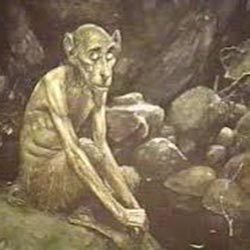
Usually described as a Brownie, but this is not the case according to J G Campbell. “…he differs from the fraternity of tutelary beings in having his dwelling, not in the houses or haunts of men, but in solitudes and remote localities…” Campbell adds that there were male and female Urisks, and that they were thought to be the offspring of humans and leannan sith, a variety of fairy.
There was a sizeable population of Urisks in Perthshire, tales of which can be found in Geoff Holder’s The Guide to Mysterious Perthshire. The Urisks in Perthshire would hold meetings, and one slightly humorous tale tells of a Urisk helping a woman out looking for lost livestock late in the evening whilst her layabout husband enjoyed a bevy. The local Urisk wondered why the woman was out alone so late, helped round up the missing beasts, and then beat the daylight out the husband for leaving it to his wife to look for their animals.
Daoine Sidhe
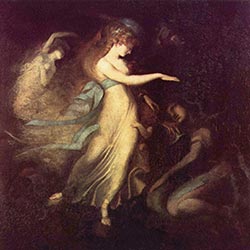
Fairies, or Sidhe, are ubiquitous, not only the length and breadth of Scotland, but the Celtic and Scandanavian Kingdoms. The Isle of Skye seems to be the capital of the Sidhe, referred to by Otta Swire as the Daoine Sidhe. The Sidhe are a capricious lot. They can be mischievous, evil and mean, or they can be friendly. Historically, people accused of witchcraft were associated with consorting with the Sidhe.
Swire put forward the theory that the people thought of as the Sidhe were in fact a prehistoric race who lived on Skye before the arrival of modern humans. The Sidhe lived in a realm of their own, thought to be accessed by barrows. Appearance wise, they were variously described as the size of humans, or tiny.
They were somewhat different to the Victorian idea of Tinkerbell. Tales of the Sidhe abounded in the Highlands up to the late 19th century, with people telling of encounters with them.
In Ireland and Iceland, for instance, belief in them is still strong, and planning departments have a whole world of trouble with any schemes involving the demolition of their homes.

